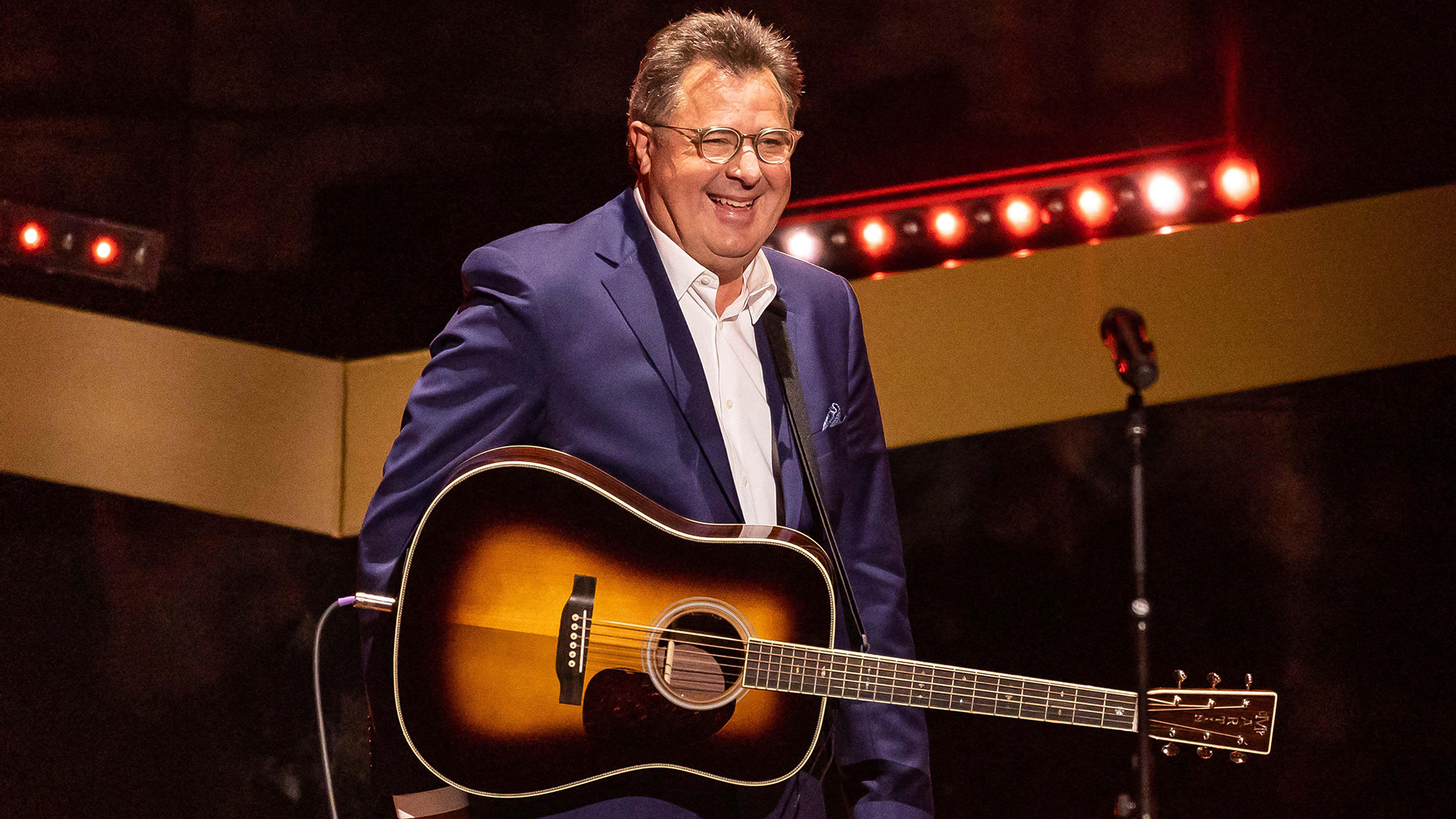“A fun vintage find that delivers unique and useful sounds”: Gibson’s GA-79RVT combo is an underrated gem – and cheaper than many of its rivals
One of the world’s earliest reverb-equipped combos, the GA-79RVT is a quirky, temperamental beast that nonetheless is capable of producing a wide array of sweet vintage tones
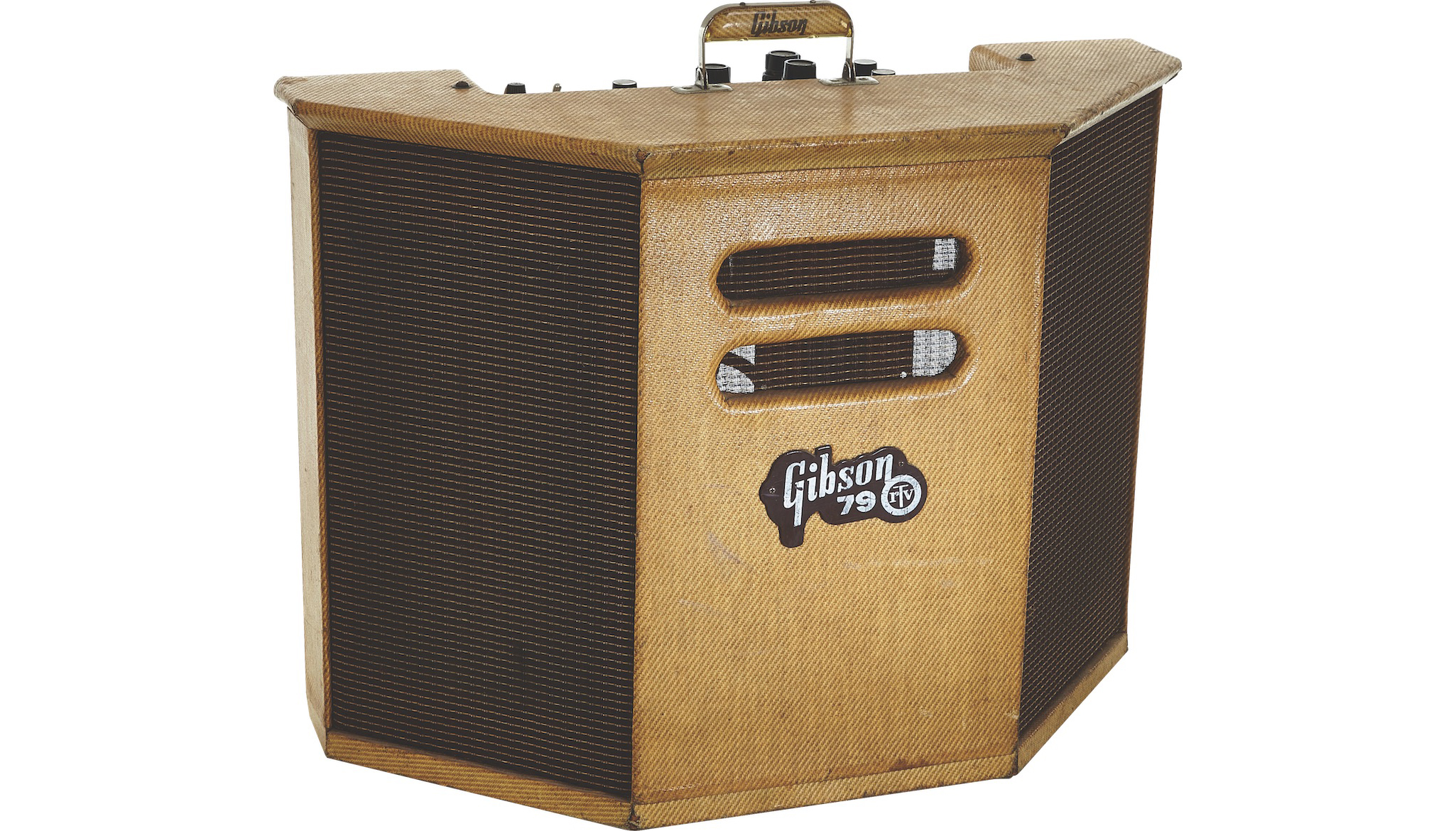
Looking at Gibson’s new Falcon 5 and Falcon 20 combos got me thinking about one of the company’s last great classic 1960s guitar amps, the GA-79RVT stereo combo. If you were a guitarist in the early years of that decade, the GA-79RVT was the way to go, especially if you had a fancy new ES-355 stereo guitar to plug into it.
Gibson’s embrace of stereo arrived at the same time that the hi-fi community was adopting stereophonic sound for the home market. Gibson’s stereo guitars sent the signals from an electric guitar’s neck and bridge pickups to separate channels of an amp designed to reproduce each signal independently.
Of course, this isn’t really “stereo” reproduction, which is intended to create a fuller and more realistic audio experience, rather than one that is merely a binaural left-right distinction. Even so, the resulting sound from a Gibson stereo guitar through a stereo combo could be deep, lush, and wide.
But it was not without its problems. For example, what happens if you like to switch pickups for different sounds, rather than stay in the middle position, and your stage sound suddenly jumps from left to right, or vice versa? In practice, this form of stereo guitar-and-amp rig was of limited use and appeal, and sales were also limited. Many players modified their stereo ES-355s for mono, while today, many GA-79RVT owners use the amp set to its monaural mode.
Regardless, the stereo amp craze gave us an extremely cool model in this V-front combo, and it’s a desirable and collectible unit today. Manufactured between 1961 and 1967, the GA-79RVT is an oddball in many ways. Although it’s a genuine stereo amplifier intended to partner with Gibson’s stereo guitars of the era, it can be used in a variety of configurations with any traditional mono electric guitar.
At heart, the GA-79RVT is a fairly simple amp, more like two amps in one rather than a design that produces a stereo-like effect, such as the Magnatone 260 and 280, or the Roland JC-120 Jazz Chorus, which convert a mono guitar signal to stereo by slapping on vibrato or chorus effects with slightly different modulation applied to the left and right channels.
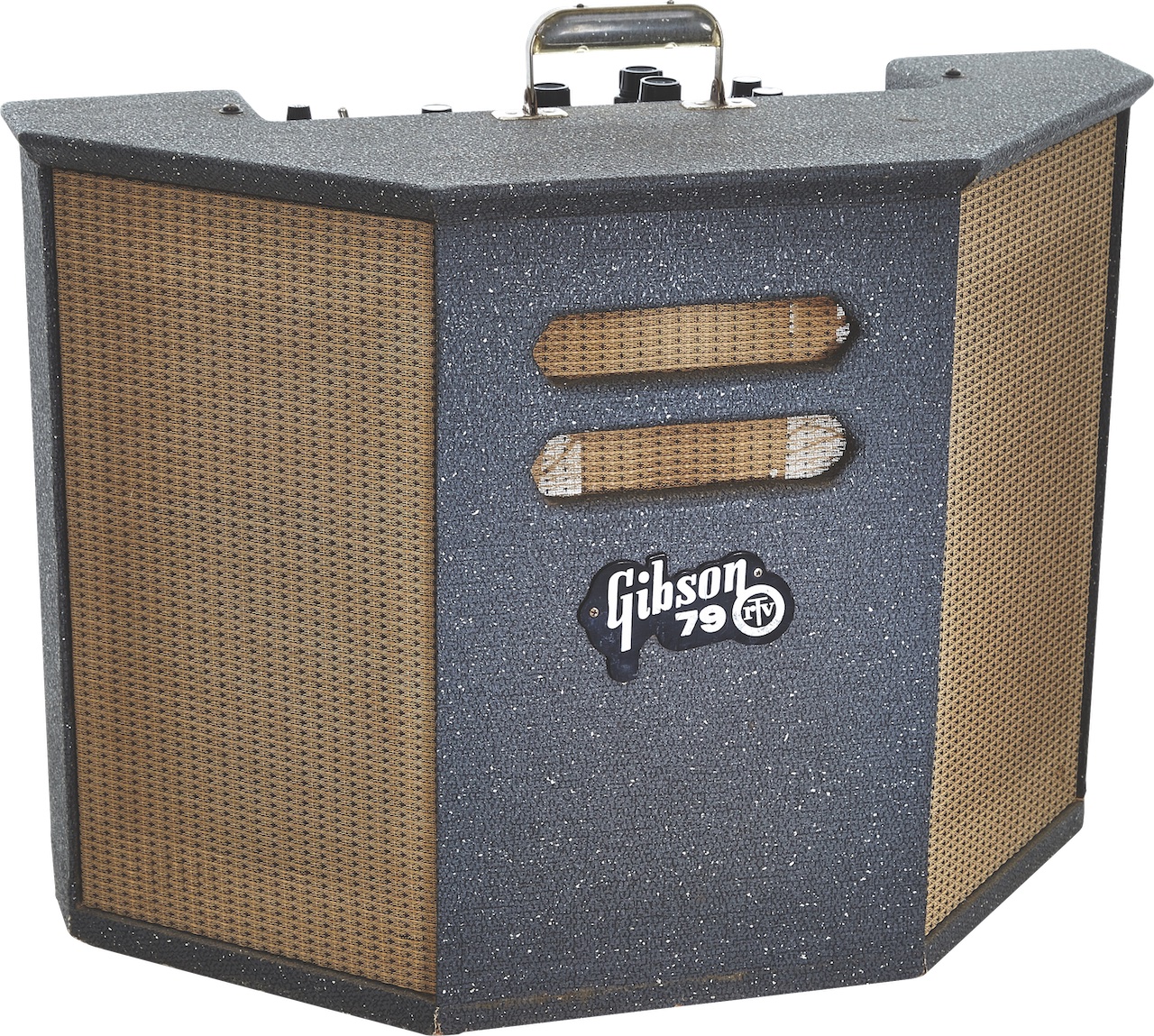
As such, the GA-79RVT’s feature set is pretty straightforward. It has two independent preamps with their own volume, bass and treble controls (the latter using ganged potentiometers with stacked knobs), plus tremolo and reverb (on channel 1 only when in stereo mode).
All the latest guitar news, interviews, lessons, reviews, deals and more, direct to your inbox!
It’s also worth noting that this is one of the world’s earliest reverb-equipped combos, alongside other Gibson models like the GA-19RVT Falcon amp that inspired the new Falcons I looked at last issue. Each of the GA-79RVT’s channels can be linked and fed together to both of the dual output stages, or fed individually to its own stage and on to its own speaker.
Though it's a rare bird, the GA-79RVT doesn't fetch as much as its smaller rivals
The amp is often described as producing “2x15 watts in stereo mode or 30 watts in mono,” but that’s kind of the same thing. Whichever way the stereo-mono switch is thrown, each speaker receives power from its own two output tubes and an independent output transformer. In other words, the switch doesn’t gang the output stage but rather feeds the two independent stages a common signal.
Oddball factor number one is, of course, the dramatic wedge-shaped cabinet, with two Jensen P10Q speakers mounted at angles of approximately 45 degrees. The design accentuates the stereo field but also creates a sonic dead spot in the front-center of the amp that’s somewhat reduced when you move a distance away from it.
Oddball factor number two is the tubes used here: three 6EU7s and a 7199 for preamp, reverb, and tremolo duties, as well as a 12AU7 phase inverter and four 6BQ5s (EL84s) in the cathode-biased output stage.
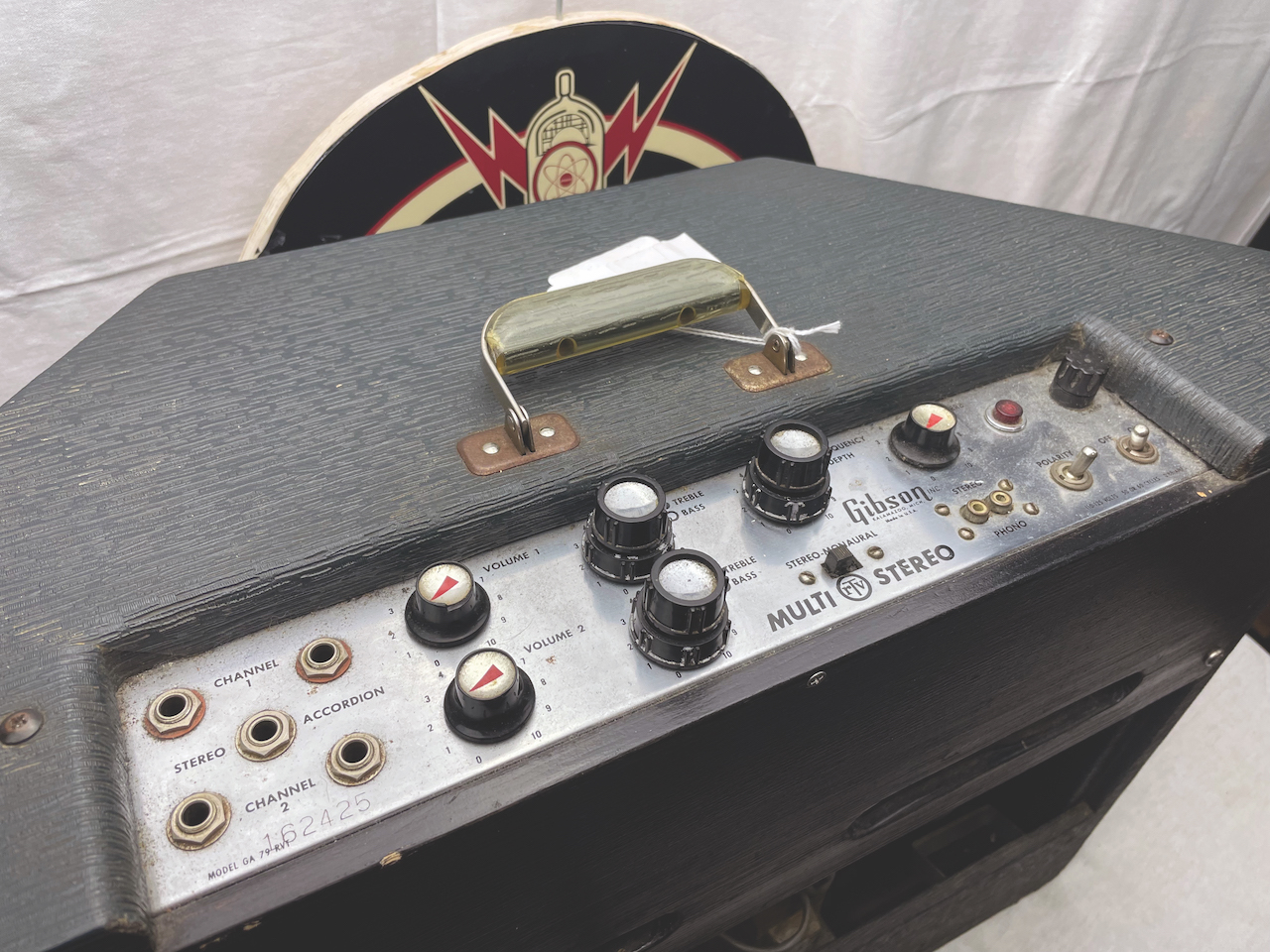
There’s no tube rectifier; instead, silicone diodes provide solid-state rectification that keeps the voltages slightly firmer at the tubes, leading to a little less sag, although when cranked, these amps still compress plenty. The design aims for smooth, round, clean tones at low to medium volumes, but it yields a sweetly textured crunch when you roll it up, with a slightly British-leaning voice, thanks to the EL84s.
As for the GA-79RVT’s rare-bird factor, 203 were made in 1961, 335 were manufactured at its peak of production in 1962 and just 39 were produced in 1967, its final year. Even so, the GA-79RVT doesn’t fetch as much money on the vintage market as several smaller and arguably less interesting vintage rivals from other makers, and it can be a fun vintage find that delivers unique and useful sounds.
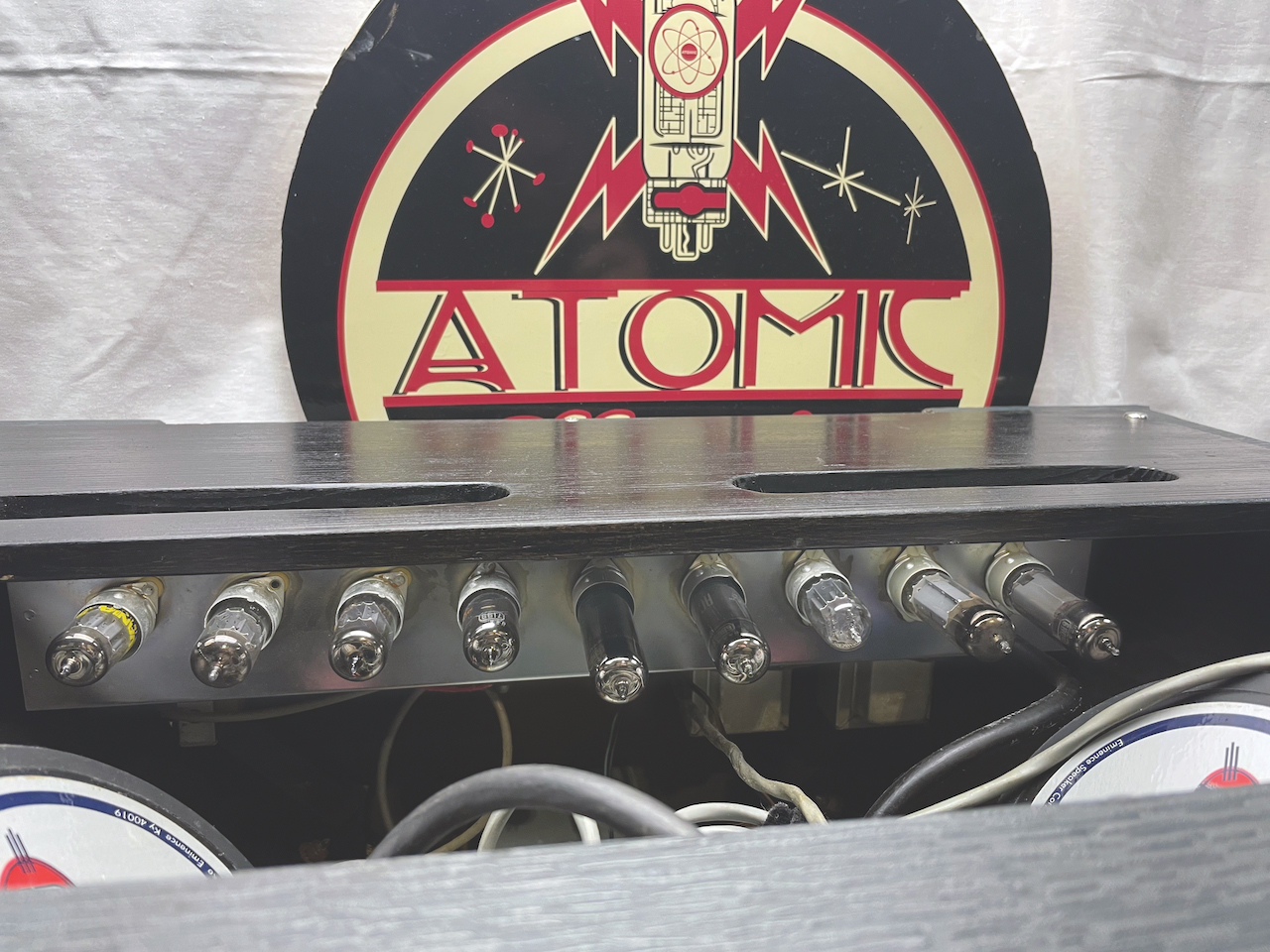
Essential ingredients
• 30 watts from four 6BQ5 (EL84) output tubes
• Stereo/mono preamp switching
• Three 6EU7, one 7199 and one 12AU7 preamp tubes
• Tube-driven reverb and tremolo
• Two 10-inch Jensen Alnico P10Q speakers mounted in a 45-degree wedge
Dave Hunter is a writer and consulting editor for Guitar Player magazine. His prolific output as author includes Fender 75 Years, The Guitar Amp Handbook, The British Amp Invasion, Ultimate Star Guitars, Guitar Effects Pedals, The Guitar Pickup Handbook, The Fender Telecaster and several other titles. Hunter is a former editor of The Guitar Magazine (UK), and a contributor to Vintage Guitar, Premier Guitar, The Connoisseur and other publications. A contributing essayist to the United States Library of Congress National Recording Preservation Board’s Permanent Archive, he lives in Kittery, ME, with his wife and their two children and fronts the bands A Different Engine and The Stereo Field.

